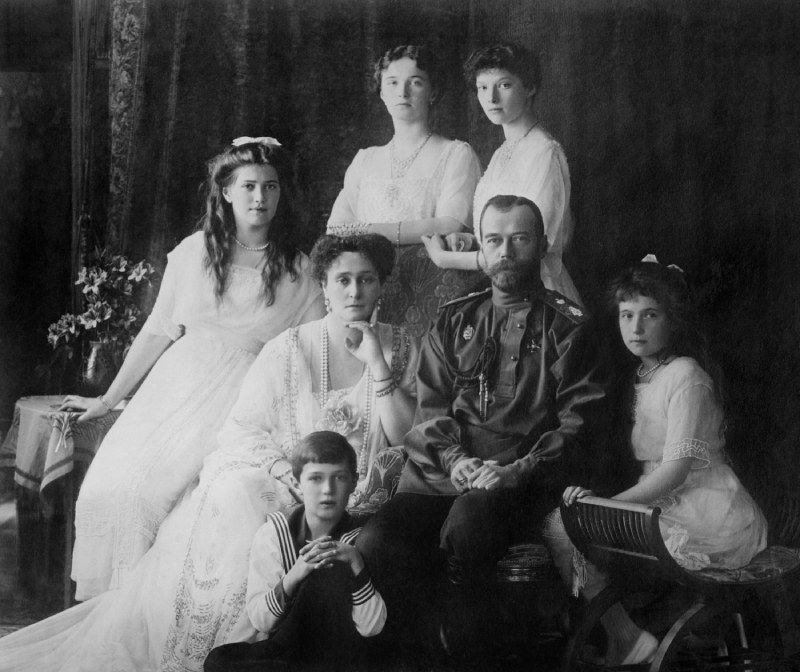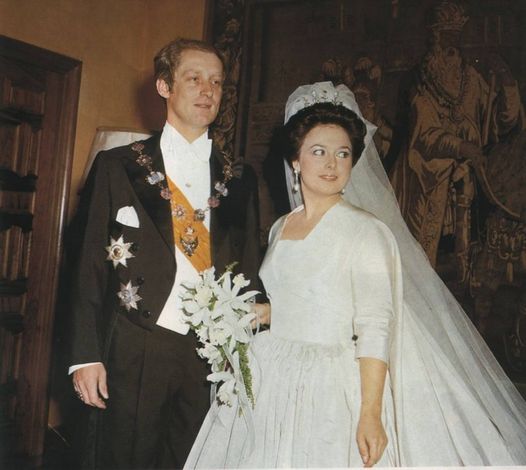
History is not elegant, it only ends up looking so with time. For example, what happened in the Ipatiev House in Yekaterinburg in mid-July 1918 seems, if you read it, to be a mere horror story. However, the reality was much more sensory. Bayonets rang out as they stuck in the duchesses, blood was seen as they spurted, flesh smelled as it burned, and surely someone tasted a drop of nervous sweat. Different told than live. The event meant the end of Tsar Nicholas II and his descendants. Because no, Anastasia ended up just as dead as the rest. But there are still those who claim the Russian throne. It turns out that the one who has it best is from Madrid: Grand Duchess Maria Vladimirovna Romanova.
Inbreeding is something that is very common among royal families. Just look at Tsar Nicholas II himself and George V of England. Both tyrants shared many genes despite the distance. That is why it is not unusual that Maria Vladimirovna Romanova, or Maria I of Russia, is the great-great-granddaughter of Queen Victoria and her ex-husband, Prince Franz Wilhelm of Prussia, as well. However, being heiress of the Russian empire comes from the fact that her great-great-grandfather was Tsar Alexander II.

Nicholas II and family before they were massacred. | Shutterstock
The aforementioned Bolshevik massacre and others that followed were not only meant to do away with the ruling Romanovs, but also with any possibility of the monarchy returning to the Eastern giant in the 20th century. Lenin and company had clearly delivered the message. All in all, the movement in favor of the ruler wearing a crown would live on in the then unformed Soviet Union. The Orthodox Church was partly responsible, but so were the exiled aristocrats. Inbreeding does not only give diseases, but also many contacts and houses throughout the Old World.
Thus the grand duke Cyril, first cousin of Nicholas II, claimed for himself the command of emperor in exile. He was contested and a dispute ensued that continues today over who is the royal head of the Romanovs. He had only one son, Vladimir Kirillovich, who lived most of his life in Madrid. He married a Georgian princess, Leonida Gueorguievna Bagratión, to tie up his options. Since they were both from royal families, their offspring would win out over the opposite branch, which had been related to lesser nobles. Even among the castes there are castes. From this union Maria was born in the Spanish capital in 1953.
The future leader of the Imperial House of Russia was educated between her native city and Paris. As a good heiress, she increased the internationality of her curriculum by studying at Oxford. Not in vain, a good part of her lineage is in the British royal family. She ended up marrying the aforementioned Prussian prince in 1976, but divorced him nine years later. In 1992 she would follow in her father’s footsteps as head of the empire, when he died in Miami of a heart attack while partying on a yacht.

Prince Franz Wilhelm von Preussen and his wife Grand Duchess Maria Vladimirovna Romanova
Being a woman has not made it easy for her to defend her legitimacy. Thus, her rivals in the Romanov Family Association use this as a trump card against her. Russia is still very patriarchal. But this non-emperatrix from Madrid has been able to defend herself and be agile. For example, she did not want to go to the burial of the remains of Nicholas II and family because she did not trust that they were really them. A ceremony that took place in 1998 in St. Petersburg and which was attended by her then enemy for the non-existent throne, Nicholas Romanovich Romanov. Maria preferred to stay in Moscow in a parallel event.
The fact that Boris Yeltsin, who at that time was president of Russia, did not shake her hand in front of the remains of her murdered ancestors in Ekaterinburg did not affect her. In fact, in a very agile action, in 2005 she asked the Eurasian country to rehabilitate the last Tsar and the rest of the royal executioners. Three years later, the plaintiff obtained a positive response and a great moral victory.
Today she continues to move between Spain and France. She has had ups and downs in her motivation to run for Empress, due to corrupt practices among the nobility she supposedly led. However, she recovered her morale. Always supported by the high Orthodox hierarchy, if anyone can become a Russian monarch again, it is Maria Vladimirovna Romanova or her son. Because going from Madrid to heaven is not bad, but going from Madrid to the imperial throne of Russia sounds much better.